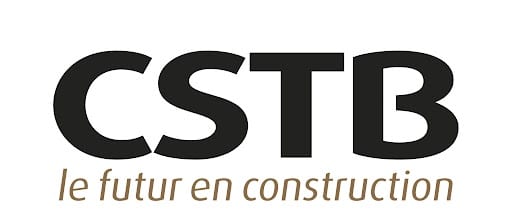Waste treatment and carbon sinks
Néolithe is preparing to deploy large-capacity factories (100k tonnes) throughout France, which, in addition to offering a circular alternative to incineration and landfill, will be the carbon sequestration factories of tomorrow.
The process is entirely mechanized, requires no heating and emits no odors, smoke or wastewater. To take a closer look at this unique cold process, here’s how it works :

1: Shredding consists in reducing waste to a fine scale called Fossilizate® (grains between 0 and 500 microns).
2: Mixing involves reacting the Fossilizate® waste with binders to mineralize the material. At the end of this reaction, we obtain a kind of mineral modeling paste. The binders we use at this stage are formulations that we have developed and produce ourselves.
3: Shaping consists in pressing and shaping this mineral paste to obtain aggregates of the desired shape and density.
In the end, aggregates are both construction resources and carbon sinks, sequestering the biogenic content of waste.
Accelerated Fossilization industrial process
Stage 1
Waste sorting
Accelerated Fossilization treatment applies to non-recyclable, non-inert and non-hazardous waste such as WAS, bulky waste and all waste from waste collection centers (R&D underway on household waste).
Stage 2
Materials selection
This stage consists of removing recyclable materials from the stream and reducing waste to Fossilizate®.
Stage 3
New material
This stage involves reacting Fossilizate® with a mineral binder to produce Anthropocite® aggregates. This non-hazardous binder was developed and is produced by Néolithe.
Stage 4
Use in construction
Anthropocite® aggregates can be used as a substitute for natural aggregates from quarries, in non-structural concrete or as bituminous gravel, without any technical or environmental risk.
Our certifications
Our first pre-industrial site
To recycle the sector’s mixed non-recyclable waste, Valolithe partners Néolithe, Courant and Hervé have set up a sorting center and a Fossilizator® in Avrillé (49240).










